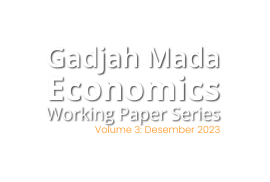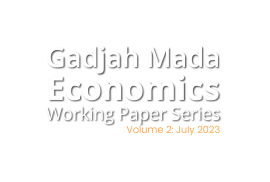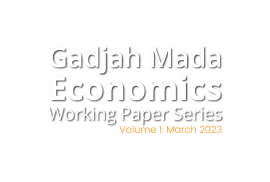Abstract
The share of poor families with female heads of household is steadily increasing, from 14.41% in 2013 to 16.72% in 2019. This is in contrast to the declining poverty rate over the same period. We examine whether families with female heads of household tend to be less prosperous than those with male household heads using the wealth index constructed from the 2019 National Socioeconomic Survey data. In contrast to the hypothesized feminization of poverty theory, we find that households with female heads are more likely to be wealthier than those with male heads, even after controlling for sociodemographic factors of household heads as well as household characteristics. This finding sheds some light on the hypothesized feminization of poverty theory in the context of developing Asian countries.



